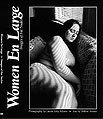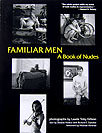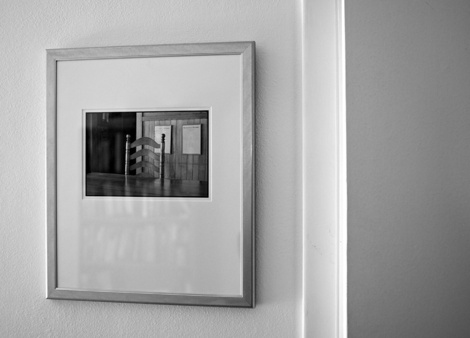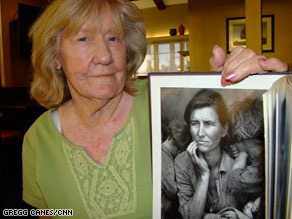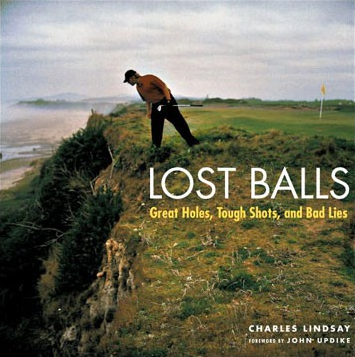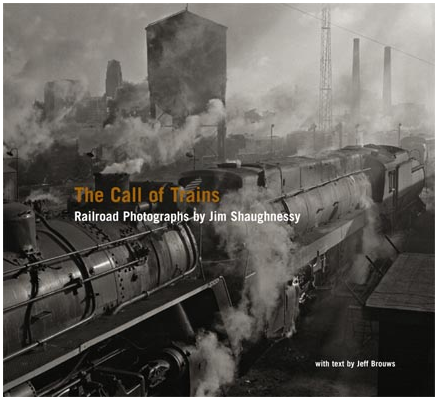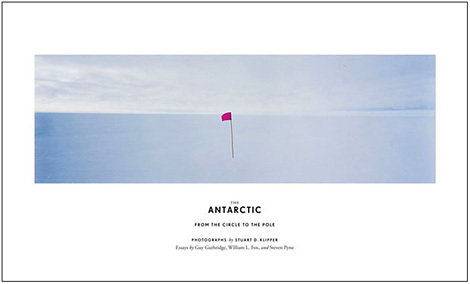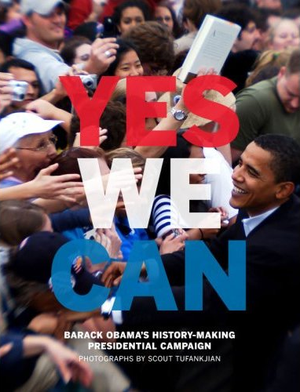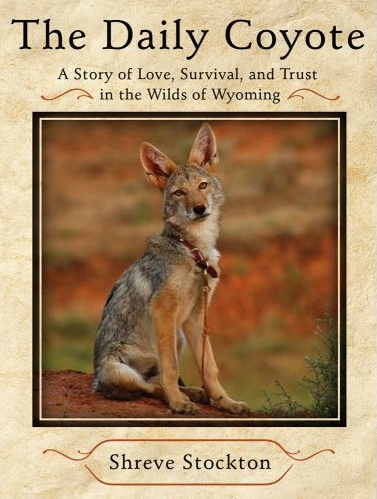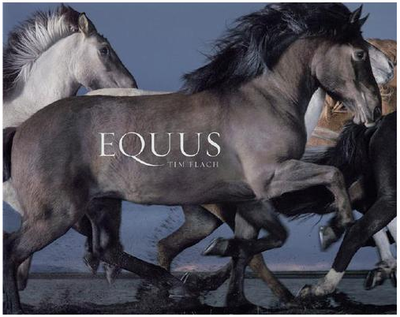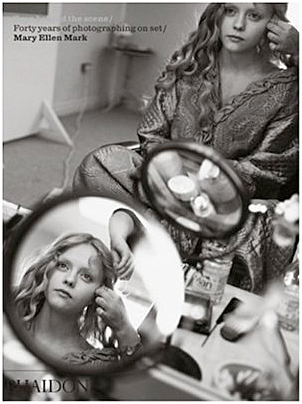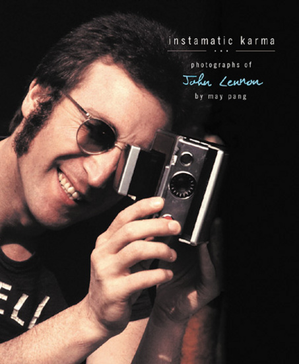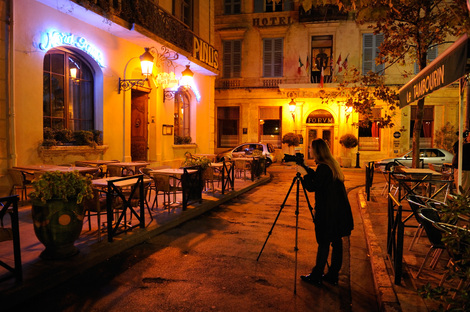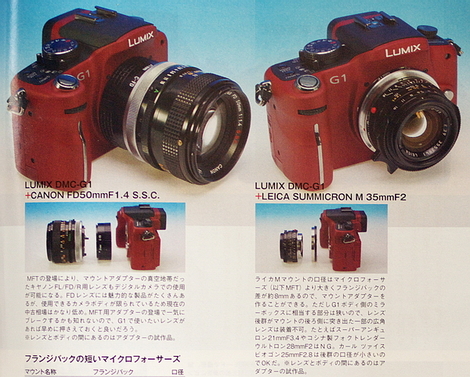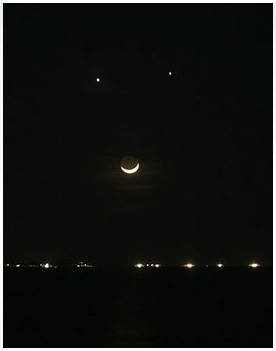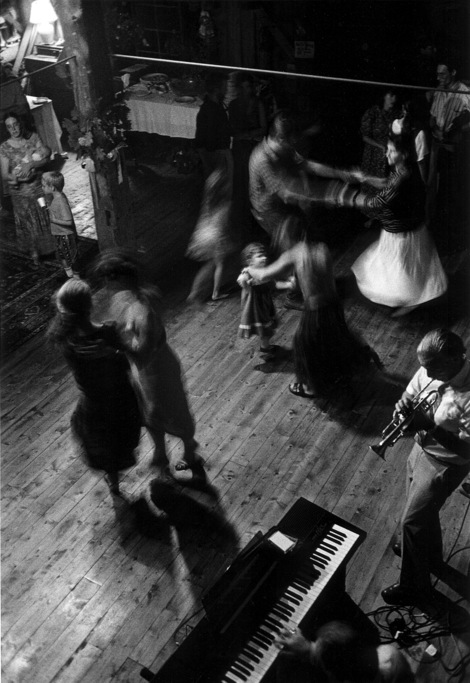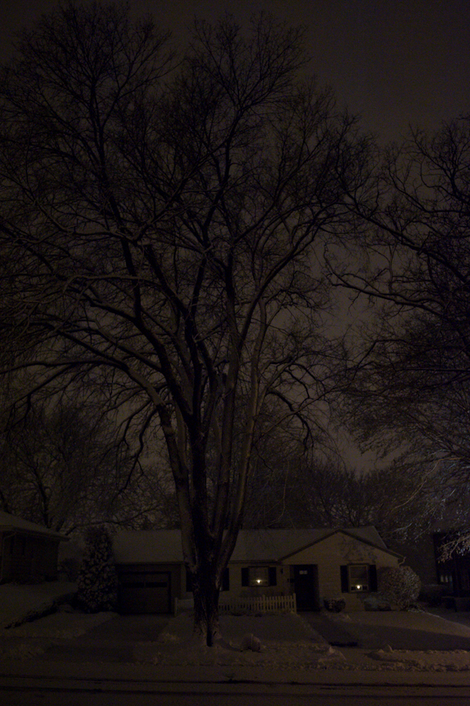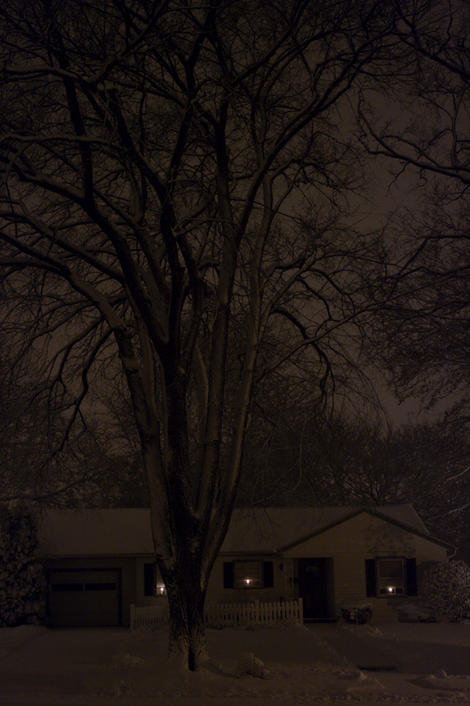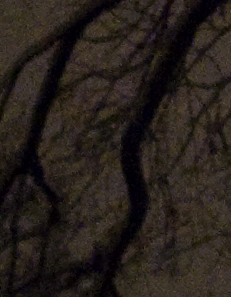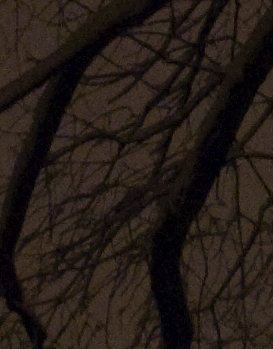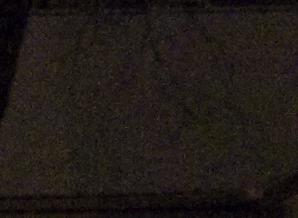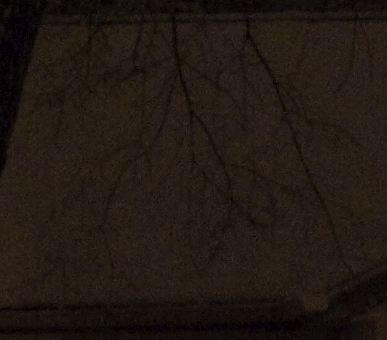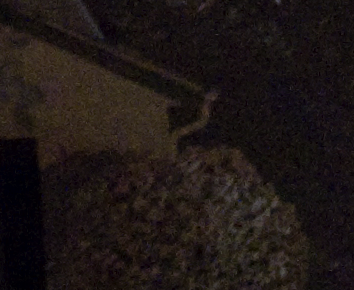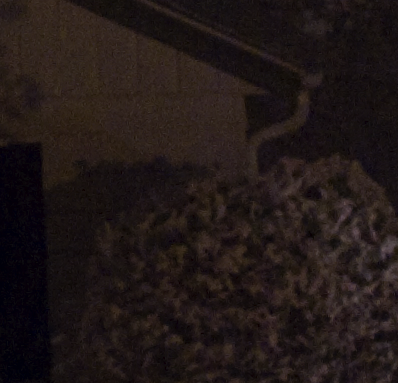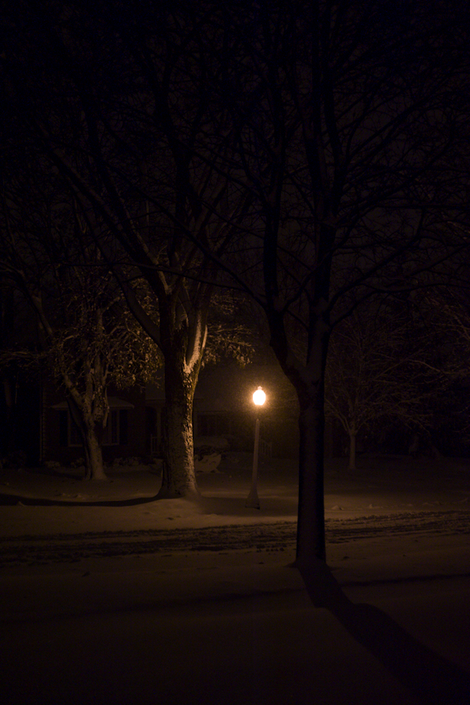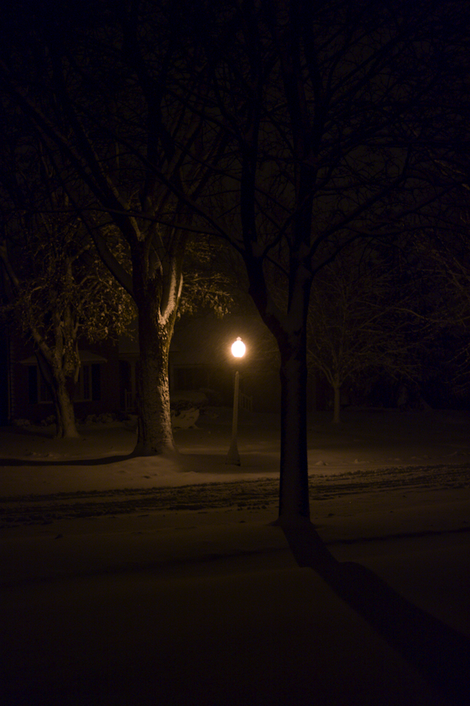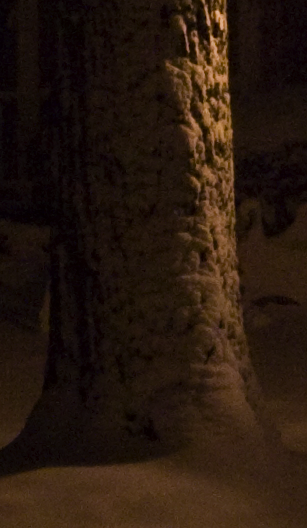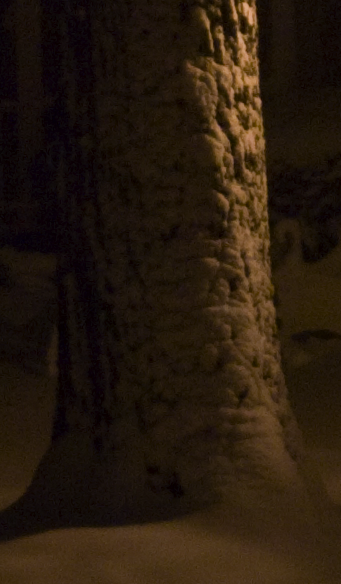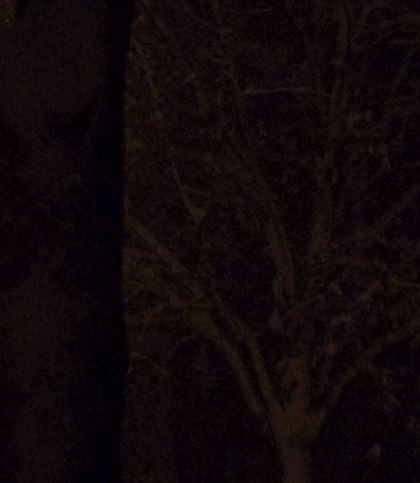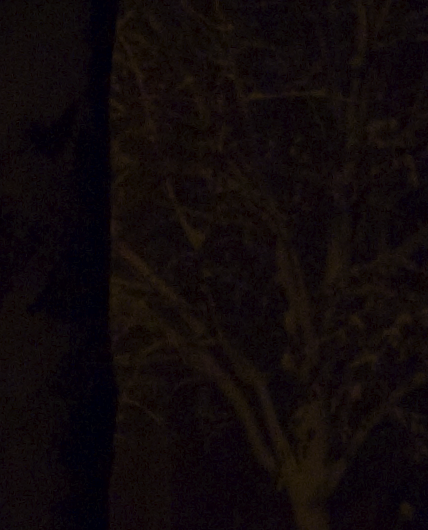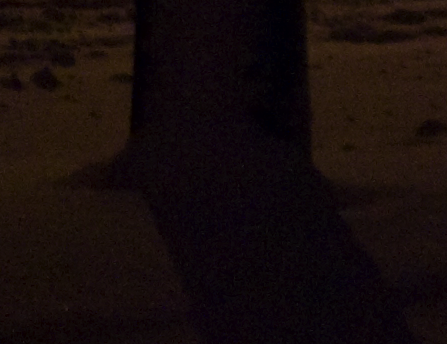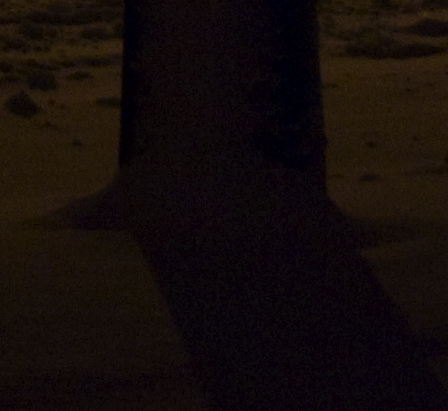For my next comments about the Nikon D700, I'd like to ask you to undergo a mental exercise. What I'd like to do is separate the sensor from the camera, and look at them separately.
Some people are likely to have a little trouble with this idea, so let me talk about it a little. This is nothing new at all, but think of sensors as film. For the most part, sensors have replaced film convincingly, in some ways impressively. Sensors surpassed film for color purity pretty early on; for resolution, when they reached about 6 MP; they lagged behind in image size for a while, but when the 12–14 MP sensors came along they surpassed film (what I mean is, I can now make a print with a 14-MP sensor that is not just better but better and bigger than I could have made from a 35mm negative); and for high-ISO quality, digital surpassed film in 2004 or 2005—and has recently lapped it.
The only way that sensors have not yet surpassed film (neg films, anyway) is in dynamic range. They'll get there, I suppose. They just haven't yet.
It's been a Brave New World right along, with each new generation breaking new ground. And all along, of course, sensors have been radically more convenient than film—costing nothing on a shot-by-shot basis and able to be developed in a fraction of a second, if you use the in-camera JPEG converter, or merely very quickly and easily if you don't.
So I'm not complaining about sensors. But now consider the cameras—all the parts wrapped around the sensor—separately. Yes, of course the point of a digital camera is to contain a digital sensor, and there have been many "good cameras" before now in that sense. But consider the cameras experientially—what are the like to use? What are they like to carry and take pictures with? Cameras are particular sizes and shapes. They have certain power and support requirements, they are responsive or unresponsive in various ways, and they provide you with some method of pointing—some way of viewing the world and interacting with it. In respect to cameras—cameras as electro-mechanical devices, as objects, as hand tools, divorced from sensors and images—digital has been a pretty big disappointment, in many ways, up till very recently.
I've written elsewhere about the "whys" of that statement, so I won't go into it again here.
After my recent experience using the Sony A900 for a week I was left with a profound feeling that it was really the first really good camera I'd used in, say, ten years or so. It was the first digital camera I've tried that requires no excuses, makes no compromises as a camera just in order to be digital.
It's true that there were many capable digital cameras before it, but they all made concessions in order to be digital cameras. You remember all the particulars: they ran out of power quickly, they were too big and heavy, they had tiny little viewfinders, they slowed down if you shot too quickly, and so forth. The Sony A900 for me is a reasonable size and weight, it's ergonomic, it's got a splendid eyepiece and viewfinder, it's responsive and controllable. It is, in short, just as good as the film cameras we had at the end of the film era. Compared to, say, a Contax ST, I'd have bones to pick, but overall it wouldn't be found wanting.
It was the only camera, really, that I could say that about. Until now, that is—now there are two.
I have to excuse myself from the discussion of Nikon's D3 and things like Canon's 1Ds Mark III. I know they're good, they're just not my cup of tea, that's all. I'm an ex art student; you know, the type of ratty photographer who pokes around the edges of things taking pictures of things nobody else notices with crappy old forgotten secondhand cameras, slaving away in the darkroom to get the print just right, and never making a dime for any of it. Big he-man professional rigs used by guys who take pictures of movie stars are just not where I'm at. If I'm going to use a big camera, my minimum requirement would be that it should be made out of wood.
But the D700...well, it's the second really good camera I've used lately.
In 1999, Nikon introduced a film camera called the F100. It was an F-lite, what would now be called a "prosumer" camera, into which Nikon poured all of its experience and expertise as a cameramaker. F100s were so popular that they are still available on Ebay, in great condition, for greatly depressed prices.* Well, for all the great cameras Nikon's built in the digital era, none have come up to the standard of the F100. Just as cameras, I mean (have I said that enough?).
And at various points along the Great Digital Trail, periodically I have heard the same plaintive cry from out amongst ye pioneers: "Why can't they just make a digital camera as good as the F100?"
Well, now they have.** It took ten years, but digital cameras have caught up with film cameras as cameras.
As Steve Rosenblum pointed out the other day, nobody has yet made a digital camera that is as good as the Olympus OM-4T. They might eventually get there. They haven't yet.
But for the moment, the D700 is a wicked good axe. It feels right. It works good. It's a complete success not only for its sensor, but as a camera.
End of this particular point as far as the D700 goes; next up, some comments about the first really good digital cameras for black-and-white.
_____________________
Mike
*Note to impecunious but ambitious youngsters who can't afford the digital camera of their dreams: get yourself an F100 off Ebay, a 28/2.8 or 35/2 prime, and a brick or two of Tri-X to get started, and spend a thousand or 2,000 hours shooting with it. You'll be well on your way to mastery and a personal style.
**(And just as they did, the wave of the future hit shore: the first
good camera without no flippin' mirror. But that's neither here nor there.)
Send this post to a friend
I cry, I plead, but so few listen. Using our links costs
you nothing, but it helps us tremendously.
Amazon U.S. link
Amazon U.K. link
Amazon Germany link
Amazon Canada link
B&H Photo link
Adorama Camera link
Featured Comment by Robin Harrison: "Interesting article, Mike. A few months ago I was in Japan around the time that 'holy trinity' of full-frame DSLRs were announced: the Nikon D700, the Canon 5D Mk. II, and the Sony A900. I spent too much time poring over Japanese photographic magazines trying to decipher the conclusions from their three-way tests (two of which were: A900 had the best dynamic range, the D700 had the best low-light performance). Somehow, foolishly, I made my conclusion. It had to be the Nikon. I'm sure it's just a numbers thing. We all go through it. With me, first it was long lenses (I had to get that Contax 300mm ƒ/4, then a Tamron 350mm), then short lenses (whoa...Voigtlander 21mm, then 15mm), then fast lenses (Leica 35mm ƒ/1.4, then a Canon 50mm ƒ/0.95); now it's maximum ISO sensitivity (what? ISO 25,000? SOLD!).
"So I walked through a Nikon-branded shop front in Tokyo, and came out with a...F100 and a 35 ƒ/2 lens. Why? I decided it was the cheapest way of finding out what it would be like to shoot with a D700 over an extended period. I've been shooting nearly exclusively rangefinders the last few years, and I had no idea weather an AF SLR would be my cup of tea. It almost doesn't matter what film I put it, or what results I get. Compared to forking out blindly for one of these pricey (albeit great) cameras, the F100 is a cheap and fun exercise."
